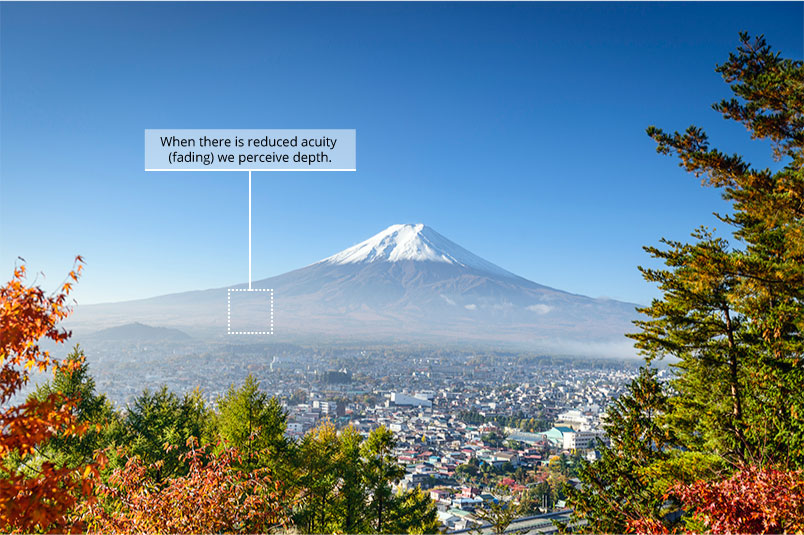Depth Perception
PSYCH101 https://contensis.uwaterloo.ca/sites/courses/PSYCH-101/lecture-content/module-4/4d.aspx
Depth perception is the ability to judge the relative distances of objects in our visual field. Not all species have good depth perception. Many prey animals, for instance, have eyes on opposite sides of their head. This allows them to better monitor the environment for predators, but does not offer much in the form of binocular depth perception
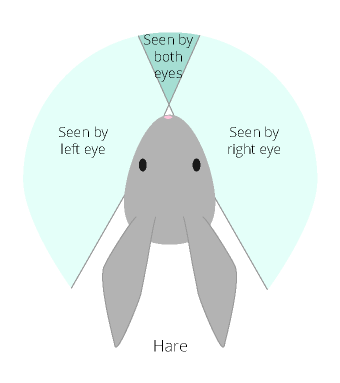
Conversely, primates, including humans, have Steroscopic Vision with two eyes positioned side by side on the front of the face. With considerable overlap of the right and left visual fields, there are only minor discrepancies between the images received by the right and left retina, which is called Retinal Disparity.
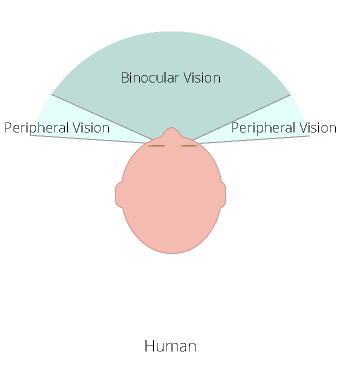
The degree of disparity in the retinal images is an indication of distance because closer objects create larger disparities than distant objects. Your brain uses retinal disparity to create a perception of depth. You can see this for yourself by raising a finger and holding in front of your nose as demonstrated in the figure below.
- This is basically doing some sort of Triangulation!
Monocular Cues
But we can also do Monocular Depth Estimation.
We use Monocular Cues to judge depth.
The Cues
Interposition is the tendency to perceive blocked objects as more distant than occluding objects.
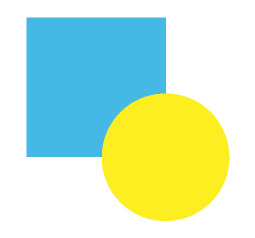
Linear Perspective describes the tendency to perceive depth when two lines are observed to converge.
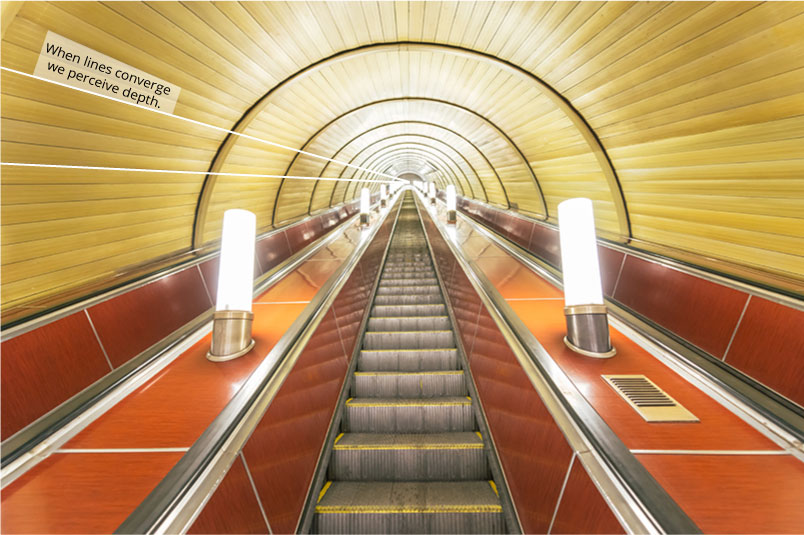
Relative Size describes the tendency to perceive smaller objects as further away than larger objects of the same type.
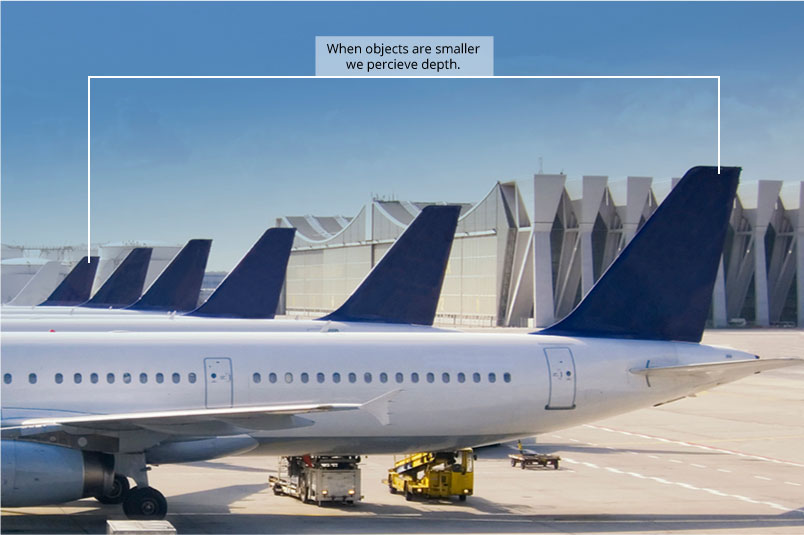
Texture Gradient describes the tendency for the units that make up a texture to become both distorted and denser as they recede into the distance.
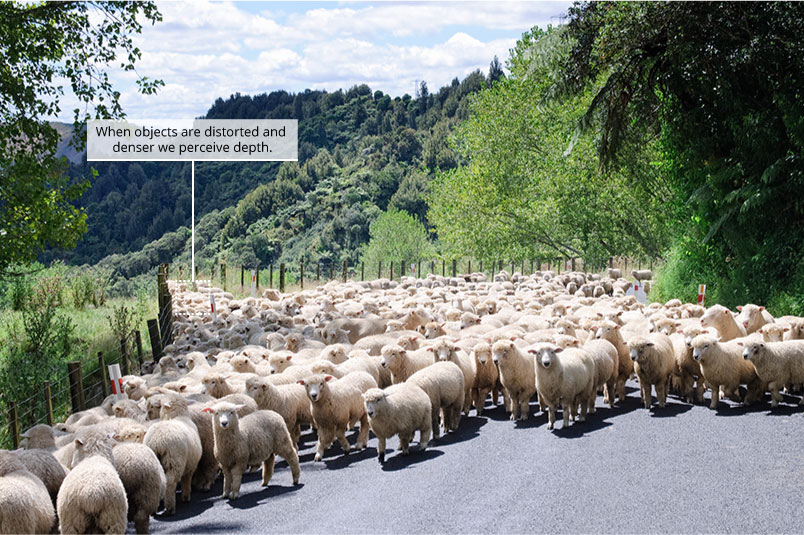
Visual Acuity is also used to perceive depth, but only when distances are very large. The atmosphere appears clear, but actually holds tiny particles. Over short distances, these particles have no effect on acuity, but over large distances, their cumulative effect causes fading to occur (reduced acuity).
